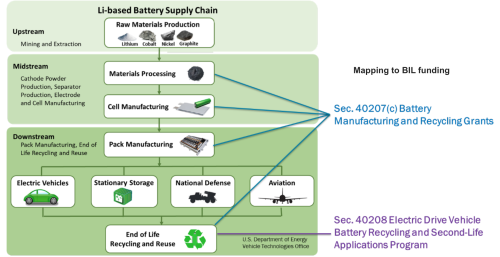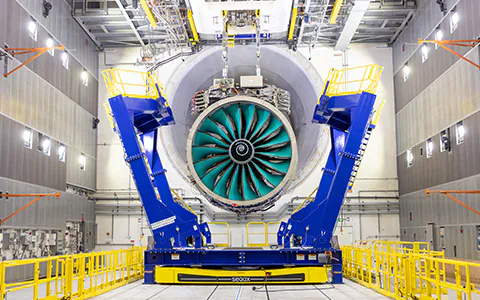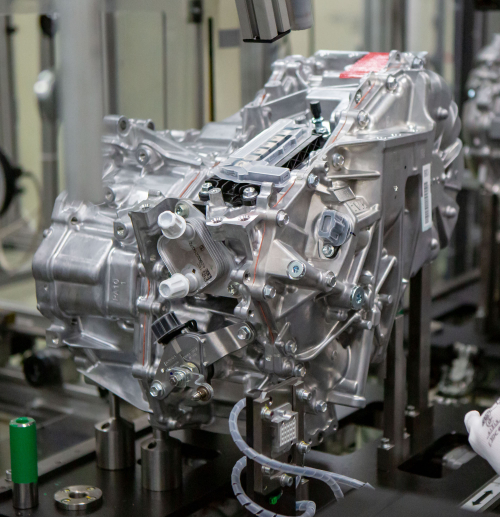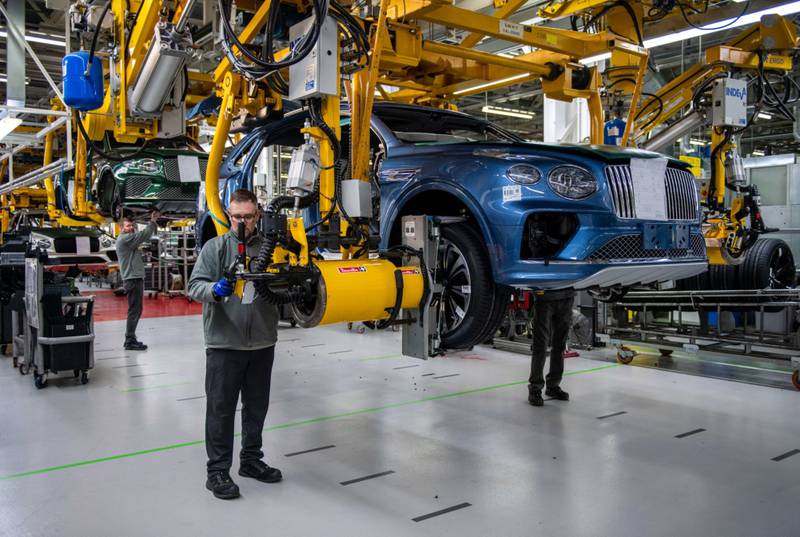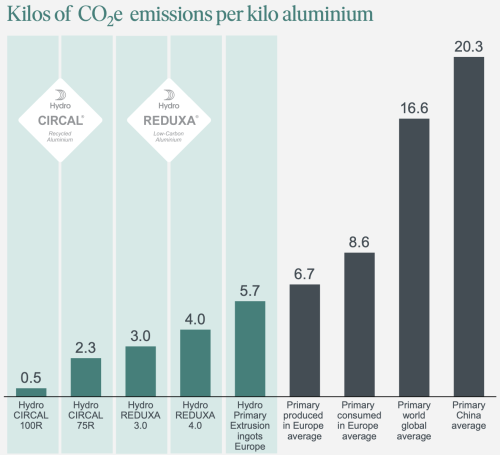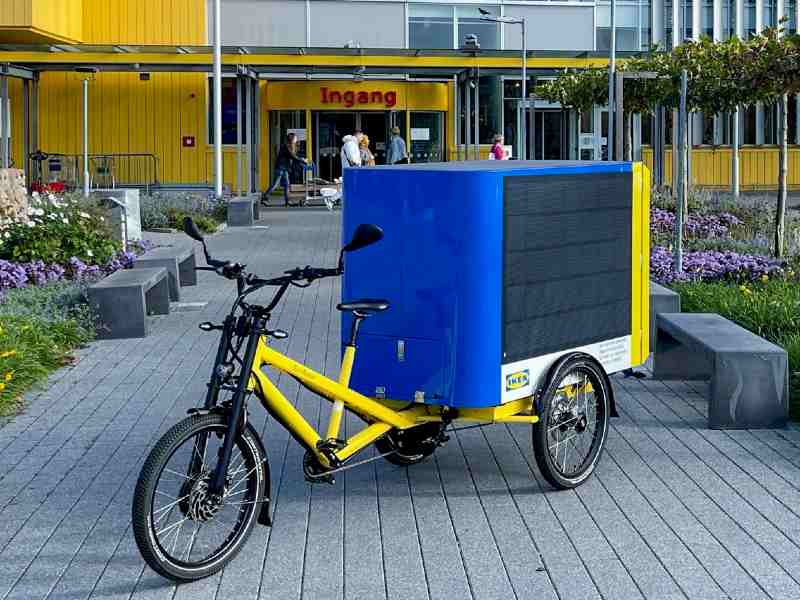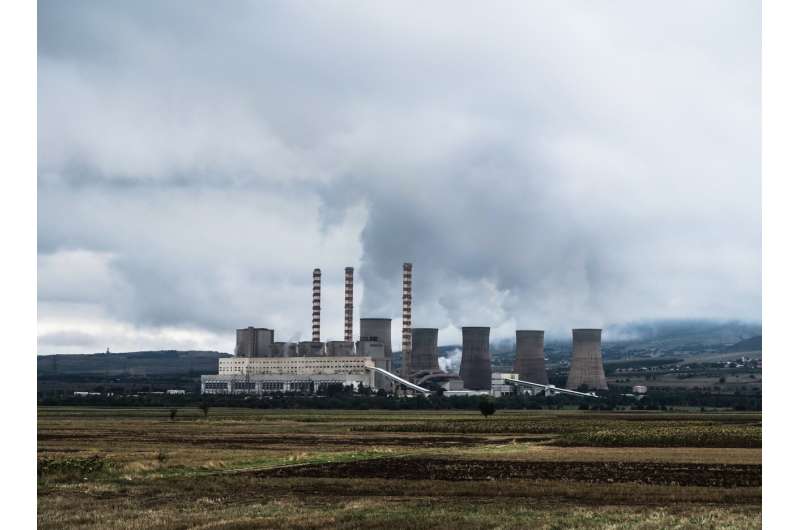
A team of University of Houston researchers has developed a series of digital applications to make energy industry processes more efficient. Three innovative online calculators, the most recent being the UH Hydrocarbon Gas Minimum Miscibility Pressure (MMP) Calculator, are available to industry professionals free of charge.
With the industry's focus shifting toward carbon capture, utilization and storage (CCUS) and a net-zero economy, gas injection could play a vital role. MMP is the key property that determines the feasibility coupled with the efficiency of a gas injection project, one of the most effective methods for enhanced oil recovery.
In addition, it will provide a calibration point for carbon dioxide sequestration projects when hydrocarbons are present. The new calculators for hydrocarbon MMP, carbon dioxide MMP, and viscosity, can help engineers in the field save time, resources and funds with by enabling faster screenings and calculations.
The team is comprised of Birol Dindoruk, the American Association of Drilling Engineers Endowed Professor in petroleum, chemical and biomolecular engineering at UH; Mohamed Soliman, chairman of the UH Department of Petroleum Engineering; and Utkarsh Sinha, who earned a master's degree in petroleum engineering from UH in 2018. The three researchers met when Sinha was a graduate student.
"These apps provide a quick, robust method to provide the MMP value during gas injection with easily available inputs in hand and with a significantly higher accuracy than any of the incumbent methods used in the industry," Sinha said.
Carbon dioxide and hydrocarbon gases are the most common gases used for gas injection processes. These gases serve multiple purposes, including facilitating carbon dioxide sequestration and optimizing pressure levels for maximum efficiency.
"The carbon dioxide/oil phase behavior is very different from the hydrocarbon gas/oil phase behaviors," Dindoruk said. "So, we had to develop different tools with an expanded range of capabilities. We are offering different approaches for the measurement of MMP."
Given the fast-paced energy industry and recognizing that engineers and technical personnel don't necessarily have the luxury to test and implement ideas shared in academic papers, the research team was determined to bring these tools to "the fingertips of the users," added Dindoruk.
"We don't want our ideas and findings to just exist on paper," he said. "We want our tools and techniques to be deployed and used by others to improve the efficiency of these processes."
By making the apps freely available, the researchers hope to learn from users' feedback to make improvements, and even develop new applications.
UH Viscosity Calculator
The viscosity app calculates the thickness of crude in its natural state, also known as dead oil, needing very little information. It is a full-range method, which can measure a wide range of oil viscosity—from a fraction of centipoise (cp), a unit measurement of viscosity, to a million cp.
"If we know one viscosity at one temperature, we can get any viscosity at any temp within the domain that we established," Dindoruk said. "This is really useful because it helps us work around limitations in measuring oil viscosity at high temperatures."
More details about this app are available in the article "Machine learning augmented dead oil viscosity model for all oil types."
The researchers integrated machine learning into their work, prompting them to gather abundant data with assistance from various contributors. The team utilized this data to create optimal versions of subsequent models.
"We have gained valuable knowledge and insights through this work, and we are grateful to everyone who helped us in this journey," said Dindoruk.
UH Carbon Dioxide MMP Calculator
Carbon dioxide and hydrocarbon gases are commonly used in gas injection processes, especially for carbon dioxide sequestration and enhanced oil recovery. However, carbon dioxide behaves differently than other gases so special methods are needed to calculate the MMP for carbon dioxide gas streams. The most widely accepted method is using a slim tube apparatus, but it has limitations in terms of time and material requirements. Researchers have also developed correlations using regression techniques to estimate MMP, but they too have limitations.
The UH team explored two different approaches to quickly calculate the MMP for carbon dioxide injection using statistical and machine-learning methods described in the published paper "Prediction of CO2 Minimum Miscibility Pressure Using An Augmented Machine-Learning-Based Model." These models consider the composition and temperature of the oil as input parameters. The proposed hybrid model performs better than existing correlations and machine-learning methods, covering a wide range of MMP values, said Dindoruk.
UH Hydrocarbon MMP Calculator
Hydrocarbon gases are a good choice for gas injection because they are readily available in many situations. When gases mix well with oil, it helps extract more oil from the reservoir. Using hydrocarbon gases for injection has additional advantages:
They can be compressed to high pressures locally.
It reduces flaring, which is burning off excess gas, or venting when there's no practical way to transport it to relatively long distances. Both flaring and venting, where carbon dioxide is generated and as well as methane, also contribute to greenhouse gas emissions.
Since these gases are already in the oil, they are less likely to cause problems like corrosion.
To improve oil recovery and calculate the right amount of gas needed, the researchers focused on the MMP. In this most recent study, "Physics-guided data-driven model to estimate minimum miscibility pressure (MMP) for hydrocarbon gases," the team used a model called Light Gradient Boost (Light GBM) to estimate the MMP for hydrocarbon gas injection. They also determined the minimum amount of heavier hydrocarbon gas needed to reach the target MMP.
"This helps achieve the desired pressure without needing expensive compressors or risking damage to the reservoir," Dindoruk said. "We tested our model and compared it with other methods, and it performed better in accuracy."
The UH models consider the physics of gas and oil mixing and consider important input factors that affect the miscibility pressure. The second MMP model is for hydrocarbon gases, and it completed the range of tools.
"Using these two MMP apps, users can do calculations with the different blends," Dindoruk said. "We strive to provide end-to-end solutions for practical problems."
The UH research team is already working on designing another practical tool for measuring the carbon dioxide solubility in realistic brines with mixed salts, which is an important topic for the evaluation of carbon dioxide sequestration in deep saline aquifers—stay tuned for that tool.
